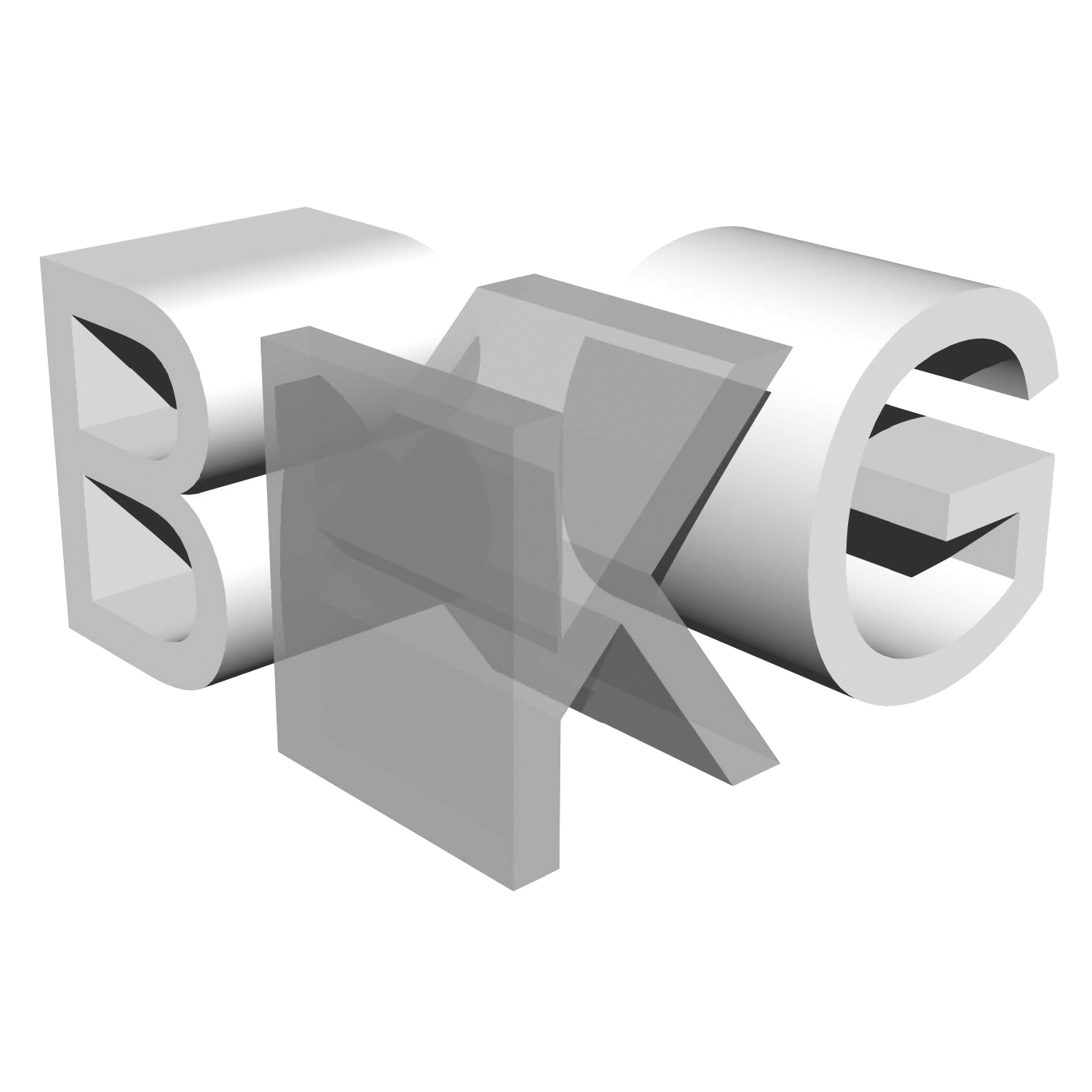Shell bearing structures have high potential for the building industry in terms of building culture, load-bearing constructions and aesthetics. Although they have numerous advantages over other constructions, they are rarely used in today's architecture due to high costs. Felix Candela, Eladio Diestes or Heinz Isler's buildings are impressive examples of the performance of this construction method.
This project aims to develop a method for the economic production of multiple curved tile shells by simple, planar components in order to counteract the aforementioned problems. The aim is to make complex structures such as shell structures more competitive by simplifying the geometry combined with an increased degree of prefabrication and thus to increase the diversity of the spectrum of such structures.
To achieve the goals, exemplary shell geometries are first developed in a form-finding process.
In the following optimization process, the selected geometry is optimized in iterative processes and divided into planar elements. At the same time, the structural design requirements for the construction and the bricks are analysed and then optimized. In the next step, weight-optimised bricks and solutions for joining the individual elements are developed to accommodate longitudinal and transverse reinforcement. In microtests, individual, planar prefabricated parts are then manufactured, which can be assembled to form segments of the overall construction in order to check the assumptions made. The feedback of the results serves to further optimize the geometry, the building structure and the bricks with the aim of verifying the simplification and resolution of complex geometries in more suitable, planar elements.
The individual calculations and assumptions are recorded and checked on a 1:1 model of the shell support structure using long-term studies with regard to deformation of the overall structure and torsion of the individual elements. At the end of the project, the shell is subjected to a load test to determine the load-bearing efficiency of the design. Based on the study results, recommendations for simplifying and resolving complex geometries are developed and documented.
Contact
| Name | Contact | |
|---|---|---|

| Prof. Stefan Schäfer Professor | sts@kgbauko.tu-... +49 6151 16-21381 L5|06 330 |

| Dipl.-Ing. Architekt Alexander Pick Free Formed Surfaces and Masonry | info@kgbauko.tu-... |



